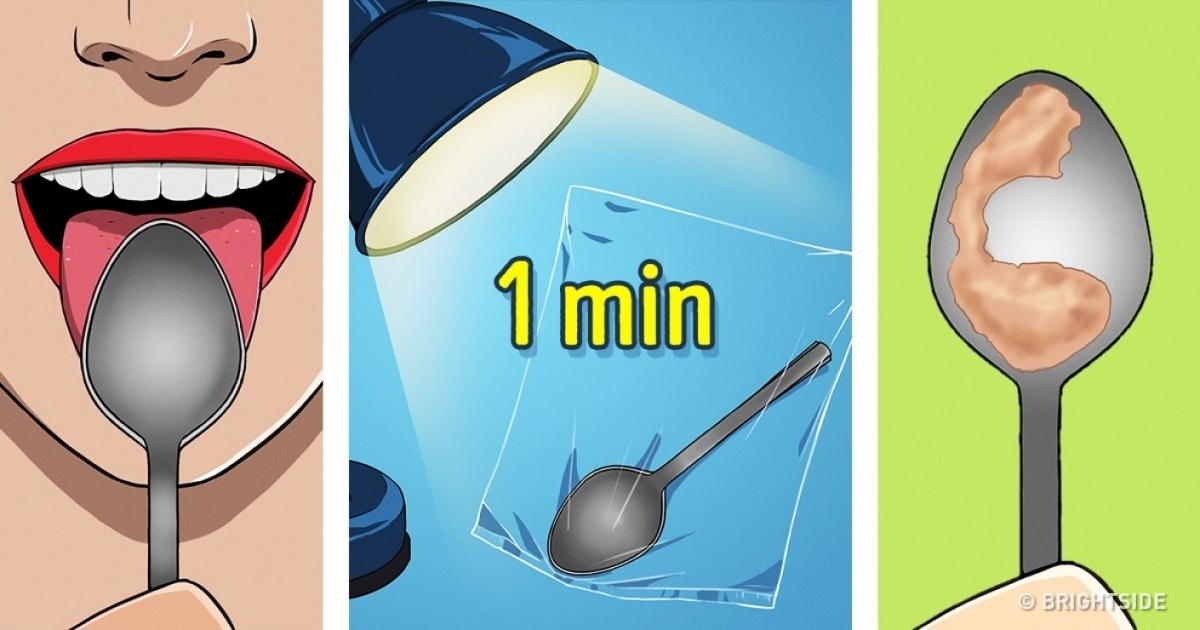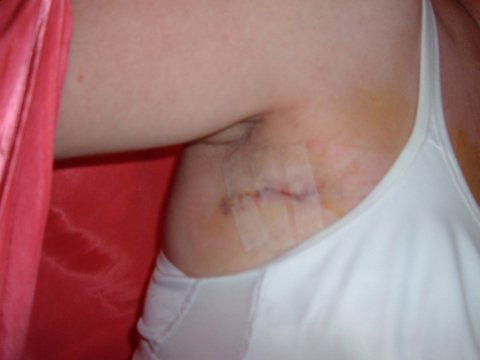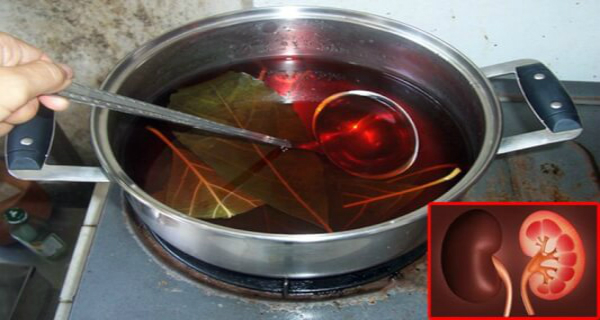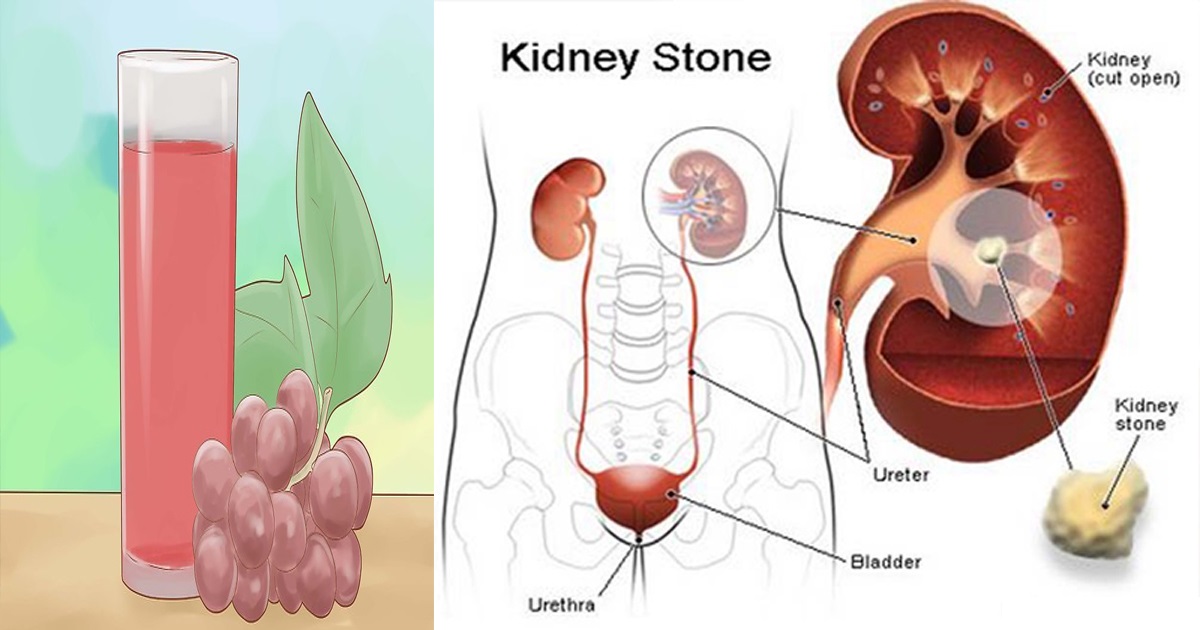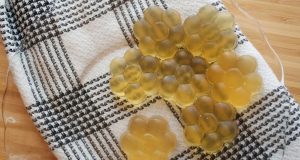If you hear someone telling a person with a kidney stone to go on one of the Disney crazier rides, you will most probably think in yourself “that’s a complete and utter nonsense”. But, is it so?
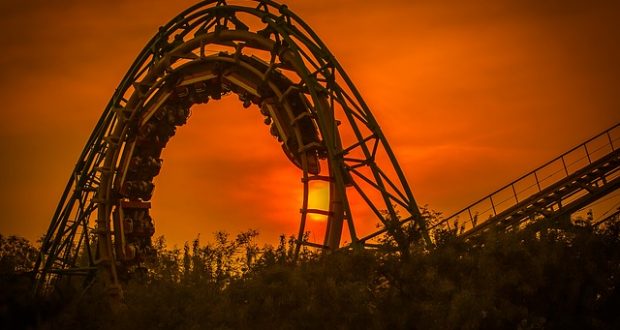
David Wartinger, urological surgeon and also a professor at Michigan State College proves this wrong. Kidney stone is a “popular” condition, meaning it affects about 10 percent of the population at some point during their life. Most of the stones are small that we are not even aware of, however many do stay in our kidneys and expand. Annually, approximately $3.8 billion are spent on treatment and procedure of extraction of kidney stones. To prove the point, the pain of getting rid of a larger kidney stone is compared to the one at child birth.
Dr. Wartinger has been hearing anecdotes in his practice for years that some patients had passed smaller stones during or right after their visit of Disney parks. He did not pay much of his attention and did not devote his time on these testimonials. However one day something quite interesting happened. A gentleman that visited Dr. Wartinger said that he rode Big Thunder Mountain Railroad at Disney and he passed a tiny stone. He took the ride again, and the same thing happened. And the same thing happened one more time. Apparently, something like this could not be ignored. If this so-called method could be really effective, it meant that the benefits were out to be life changing. Interviewing many people’s similar experiences he concluded there was one common factor: they have all ridden Big Thunder Mountain Railroad. Dr. Wartinger had heard about similar effects on kidney stones subsequently bungee jumping, however nothing like this. Nor there was any kind of research regarding this sort of cases. The Doctor decided to take charge. He was getting ready to do a study.
His plan was to 3-D print a kidney alike the one from the patient that had passed a stone three times. He made it from clear silicone and filled with stones and urine ( may I say, hopefully not real one). He bought tickets and together with his fellow Dr. Marc Mitchell took a plane to Orlando, Florida.
Understandably they got permission from Disney World before going onto the rides, taking the model kidney with them. It was their lucky day, considering that the person responsible for the park that they talked to had a kidney stone recently and he genuinely wanted to help the Doctors.
“Different parks had different reactions” says Wartinger. The two Doctors tried to do everything they could to conduct a good study. They even held the kidney between them, right on the height of the real kidneys. When a stone moved from the original point, or location, and fell in a trap, basically where the urethras and the kidney meet, the stone was then considered to be passed. They soon found out that it made real big difference whether they were riding in the front or the back of the rollercoaster. When the kidneys were in the back of the car, 63.89 percent of the time – the stones passed. When kidneys were in the front of the rollercoaster the rate was close to 17 percent. Results were based on 60 rides.
He did more than 200 rides on the Big Thunder Mountain Railroad, however that does not make this particular coaster “the therapeutic one”. The Doctor says it really varies from patient to patient since every patient is different, and different rides help different patients. Perhaps riding a taking a variety of rides in a short period of time, this might help you pass smaller stones and some sediments before this develops into a more serious condition.
To prove if this really works a clinical trial with real people with real kidneys was necessary. Although this might sound difficult to implement, Dr. Wartinger had a plan ready. Doing ultrasound on people with stone kidneys before and after the ride to see if there is any movement of the stone was the plan. By the way, when exploring all the details of the research, the Doc did mention that he used his own urine. Somehow the idea of a backpack full of urine in Disneyland is not fulfilling. At all. He did mention that his action was only to avoid critics. His suggestion to people that have a kidney stone smaller than five millimeters is to take a few rides, have fun and see what happens. This might save you quite a sum of money and pain. Even if a procedure is done some sediments might stay, and the rides could help with this as well.
If you are one of those people that hate roller coasters, clinical procedure would be advised. It means that it is a way of moving people in a controlled environment. There is even something called 3-D rollercoaster that can be used, prescribing specific pattern of movement designed according to a particular kidney anatomy and the precise location of a specific stone.

